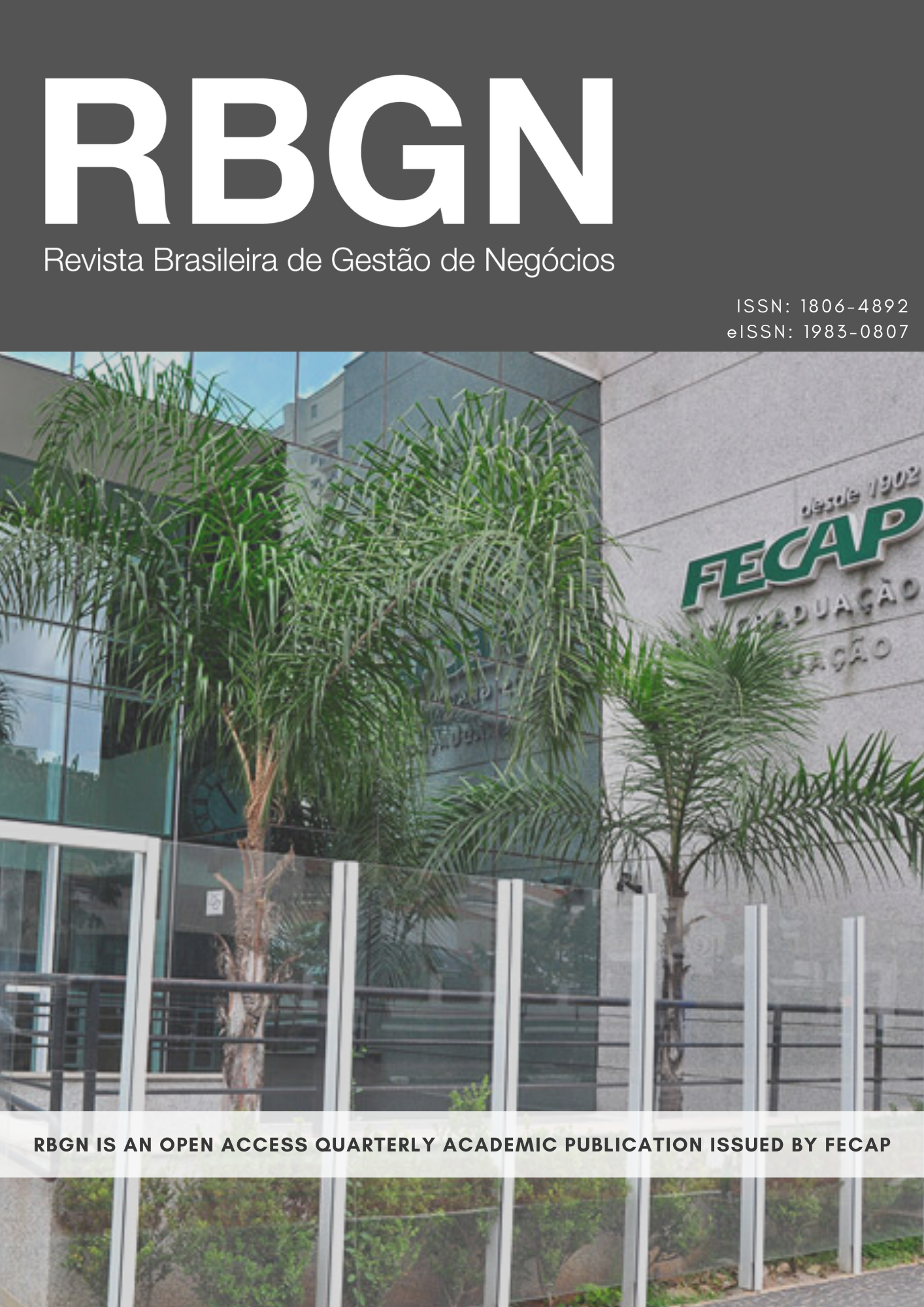Abstract
Objetivo – This research sought to develop a cognitive model that expresses how marketing professionals understand the relationship between the constructs that define relationship marketing (RM). It also tried to understand, using the obtained model, how objectives in this field are achieved.
Método – Through cognitive mapping, we traced 35 individual mental maps, highlighting how each respondent understands the interactions between RM elements. Based on the views of these individuals, we established an aggregate mental map.
Fundamentação teórica - The topic is based on a literature review that explores the RM concept and its main elements. Based on this review, we listed eleven main constructs.
Resultados – We established an aggregate mental map that represents the RM structural model. Model analysis identified that CLV is understood as the final result of RM. We also observed that the impact of most of the RM elements on CLV is brokered by loyalty. Personalization and quality, on the other hand, proved to be process input elements, and are the ones that most strongly impact others. Finally, we highlight that elements that punish customers are much less effective than elements that benefit them.
Contribuições – The model was able to insert core elements of RM, but absent from most formal models: CLV and customization. The analysis allowed us to understand the interactions between the RM elements and how the end result of RM (CLV) is formed. This understanding improves knowledge on the subject and helps guide, assess and correct actions.If a paper is approved for publication, its copyright has to be transferred by the author(s) to the Review of Business Management – RBGN.
Accordingly, authors are REQUIRED to send RBGN a duly completed and signed Copyright Transfer Form. Please refer to the following template: [Copyright Transfer]
The conditions set out by the Copyright Transfer Form state that the Review of Business Management – RBGN owns, free of charge and permanently, the copyright of the papers it publishes. Although the authors are required to sign the Copyright Transfer Form, RBGN allows authors to hold and use their own copyright without restrictions.
The texts published by RBGN are the sole responsibility of their authors.
The review has adopted the CC-BY Creative Commons Attribution 4.0 allowing redistribution and reuse of papers on condition that the authorship is properly credited.

